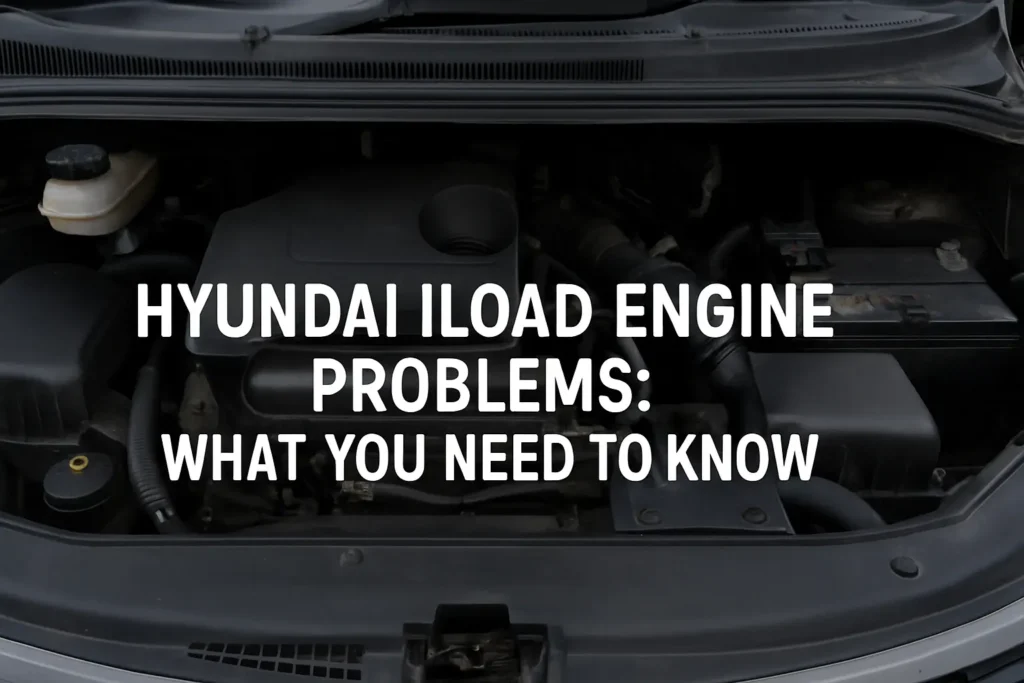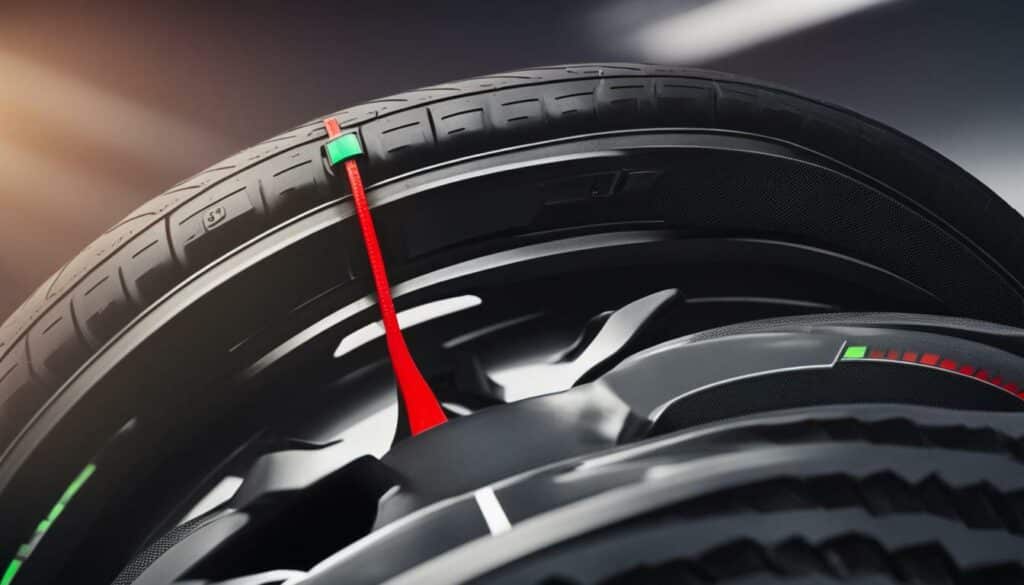Is your van feeling a bit under the weather? Let me walk you through everything you need to spot, fix, and prevent engine hiccups.
hyundai iload engine problems: Spotting the Warning Signals
I’ve been working at Kiwi Motor Hub for years, and one topic I get asked about most is hyundai iload engine problems. In this section, I’ll share the early signs that something’s off under the bonnet.
Common Symptoms to Watch For:
- Check Engine Light (CEL): The most direct message your vehicle can send. Don’t ignore it.
- Rough Idle or Stalling: If your engine vibes like it’s skipping a beat, that rough idle could point to fuel or ignition issues.
- Loss of Power: Feeling like you’re crawling uphill even on a flat road? That drag could mean clogged filters or failing sensors.
- Excess Smoke: White, blue or black smoke from the exhaust is a clear cry for help oil burning, coolant leaks or rich fuel mixtures.
- Strange Noises: Tapping, knocking or hissing sounds under load are big red flags.
These are the red flags that can turn a smooth-running iLoad into a headache, let’s dive deeper and find out what’s causing them.
hyundai iload engine problems: Causes and Effects
Once you spot a symptom, understanding the root cause helps you decide whether to DIY or call in the pros at Kiwi Motor Hub. Here are the big culprits:
- Faulty Fuel Injectors
- Effect: Uneven fuel spray leads to misfires, rough idle, and poor economy.
- DIY Tip: Use a high-quality injector cleaner every 10,000 km.
- EGR Valve Blockage
- Effect: Recirculated exhaust gases clog the valve, causing hesitation and smoke.
- DIY Tip: Remove and clean the valve with carb spray if you’re comfortable under the hood.
- Mass Airflow (MAF) Sensor Failure
- Effect: Improper air fuel ratio, stalling and CEL illumination.
- DIY Tip: Gently clean with MAF sensor cleaner; avoid touching delicate wires.
- Low Engine Oil or Poor Oil Quality
- Effect: Increased friction, overheating and potential engine damage.
- DIY Tip: Check oil monthly and stick to the recommended grade.
- Timing Belt Wear
- Effect: Misaligned engine timing, loss of power and risk of catastrophic damage if it snaps.
- Service Note: Replace every 100,000 km. I always recommend documented service history.
- PCV (Positive Crankcase Ventilation) Valve Issues
- Effect: Increased crankcase pressure, oil leaks and rough combustion.
- DIY Tip: Swap the PCV valve during routine maintenance (around 60,000 km).
By pinpointing these causes, you can steer repairs before small issues turn into major bills.
Common Fixes and Rough Costs
Here’s a quick overview of how much you might spend getting your iLoad back on track. Prices are indicative for New Zealand repairs and parts.
| Issue | Typical Repair | Estimated Cost (NZD) |
|---|---|---|
| Fuel Injector Cleaning | Chemical flush or replacement | 150 – 400 |
| EGR Valve Cleaning | Removal and manual clean | 120 – 250 |
| MAF Sensor Replacement | OEM or aftermarket sensor | 200 – 450 |
| Oil Change & Filter | Full service | 100 – 180 |
| Timing Belt Kit | Belt, pulleys, tensioner | 600 – 900 |
| PCV Valve Replacement | Valve swap & gasket check | 80 – 150 |
Remember, these are ballpark figures. I always advise getting a detailed quote before any work begins, and check for warranty coverage if your iLoad is still in its factory protection period.
DIY vs Professional Repair: What Should You Choose?
At Kiwi Motor Hub, I love empowering car owners. Here’s how to decide when to roll up your sleeves and when to trust the experts:
- DIY-Friendly Tasks:
• Oil changes and fluid top-ups
• Air filter and PCV valve swaps
• Basic sensor cleaning (MAF, throttle body) - Best Left to Pros:
• Timing belt replacement
• Fuel system overhauls or injector swaps
• Complex electronic diagnostics
Safety first if you’re unsure or if the repair involves lifting the vehicle or handling high-pressure fuel lines, book in at a trusted workshop.
Preventative Maintenance: Keeping Your iLoad Healthy
My top tip? An ounce of prevention is worth a pound of cure. Here’s a simple maintenance schedule to follow:
- Every 5,000 km
- Check oil & coolant levels
- Inspect belts and hoses
- Every 10,000 km
- Replace air filter
- Clean throttle body
- Inspect brake fluid level
- Every 20,000 km
- Inspect spark plugs (diesel models vary)
- Check battery terminals
- Every 60,000 km
- Change PCV valve
- Check EGR valve for carbon buildup
- Every 100,000 km
- Replace timing belt kit
- Flush cooling system
Keeping records of each service not only protects your engine, but boosts resale value when it’s time to upgrade.
Real-Life Case Study: My Local Delivery Fleet
When I first inspected a small business’s iLoad fleet, three vans had over 150,000 km on the clock. They suffered from:
- Intermittent stalling due to dirty MAF sensors
- Black smoke from a clogged EGR system
- Ticking noises from low oil pressure
After a full service:
- MAF sensors cleaned replaced
- EGR valves dismantled and de-carbonised
- Oil, filter and PCV valves updated
The result? Fuel economy improved by 12%, idle smoothed out, and the CEL never returned. Proactive maintenance can transform an ailing engine into a reliable workhorse.
Frequently Asked Questions (FAQ)
Q1: How long can an iLoad engine last?
A1: With regular servicing and quality oil, it’s common to see 300,000 km+ without major engine rebuilds.
Q2: Can I use aftermarket parts?
A2: You can, but always choose reputable brands. Cheap filters or sensors can do more harm than good.
Q3: What fuel grade is best?
A3: Stick to diesel with the NZ-standard sulphur content. Ultra-low sulphur diesel (ULSD) helps protect emission systems.
Q4: How do I reset the CEL after a repair?
A4: Many DIYers use an OBD-II scanner. If you don’t have one, a professional workshop will reset codes and verify the repair.
Q5: Can I ignore a small oil leak?
A5: No. Even minor leaks can lead to low oil pressure, overheating and eventual engine damage.
My Final Thoughts on Keeping Your iLoad Running Strong
Owning a Hyundai iLoad in New Zealand brings versatility and value whether you’re hauling gear for work or hitting the road for adventure. By watching out for hyundai iload engine problems, tackling minor issues quickly, and sticking to a solid maintenance plan, you’ll enjoy peace of mind and more kilometres between workshops.
At Kiwi Motor Hub, I’m passionate about sharing trustworthy advice so you can make informed decisions. If ever in doubt, swing by for a chat, and I’ll give your van a thorough health check. Here’s to many more worry-free journeys!




